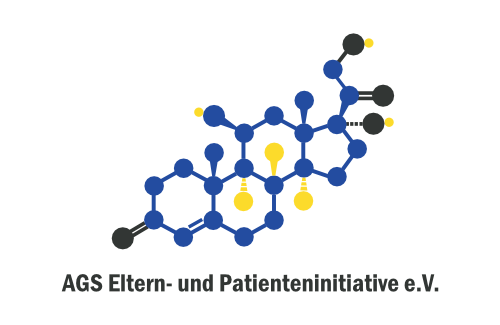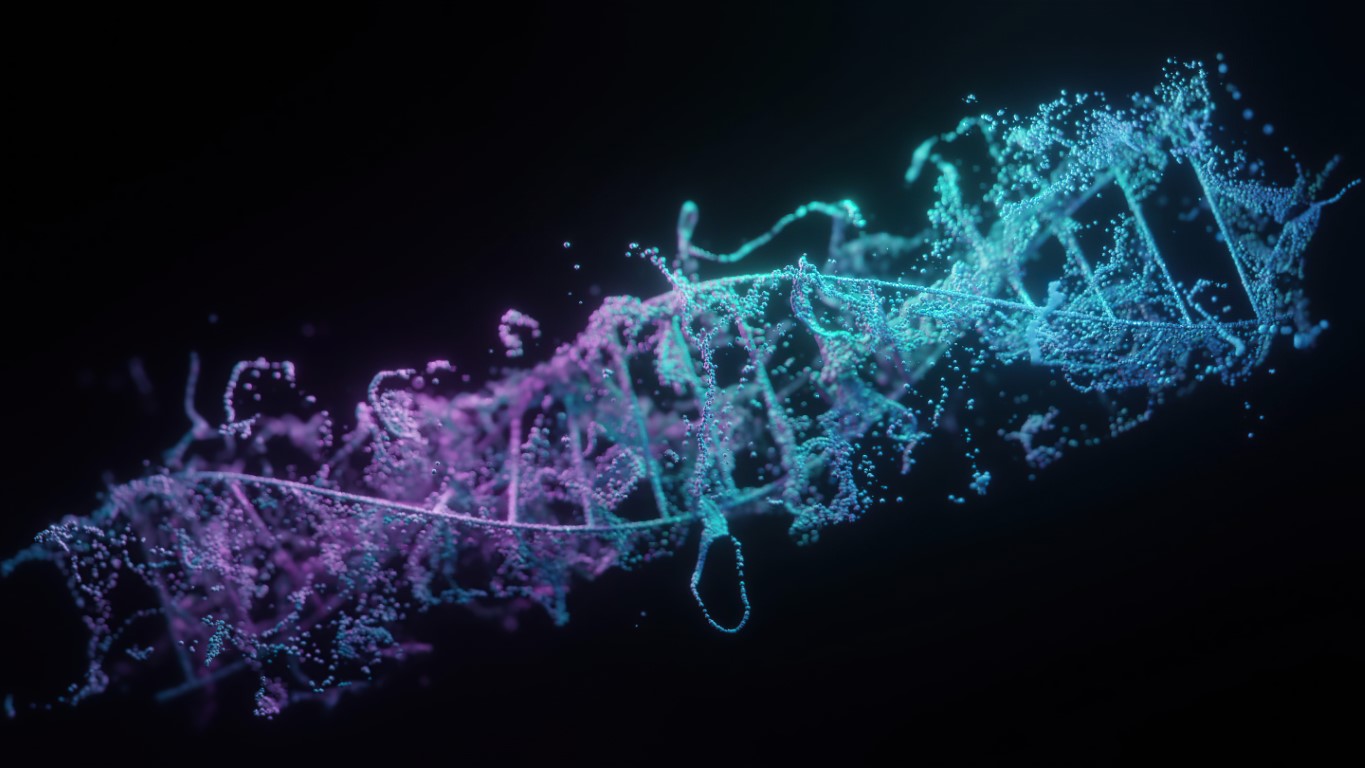What is Adrenogenital Syndrome?
In this section you will learn the most important facts about AGS. AGS is a congenital hormonal disorder of the adrenal glands. There are different forms and degrees of severity of AGS – for example, with or without salt wasting. AGS can occur in all genders. In girls, it can lead to so-called masculinization of the external genitalia. Today, AGS is not without risks, but it can be well managed throughout life with medication in tablet form.
The diagnosis of AGS covers various disorders of the adrenal gland, all of which lead to a reduced production of cortisol. This reduced production is caused by an enzyme defect.
Enzymes are proteins that, in the case of the adrenal gland, are involved in the production of signaling substances (hormones). Thus, the diagnosis of AGS belongs to a group of diseases also referred to as “congenital adrenal insufficiency.” Insufficiency means that the adrenal gland is underfunctioning.
The adrenal gland is a hormone gland that sits like a small cap on the kidney and produces various vital signaling substances, also known as hormones. These include, first, glucocorticoids, which are essential for coping with stress situations. Second, there are mineralocorticoids, which are necessary for maintaining the body’s salt-water balance.
Third, androgens are important for muscle strength in both men and women but can lead to a masculinized appearance if overproduced.
In AGS, the production of these adrenal signaling substances is altered, in other words, “insufficient.” Glucocorticoids and mineralocorticoids are produced in too low amounts in the adrenal gland, while too many androgens are produced at the same time. As a result, the adrenal gland enlarges because it attempts to compensate for the lack of hormone production through cell growth.
This is why the condition is also referred to in English as congenital adrenal hyperplasia (CAH). In about 90% of people affected by AGS, the enzyme defect is a so-called “21-hydroxylase deficiency.”
Depending on the severity of the enzyme defect in the infant, either the full manifestation of the disease occurs – also referred to as “classical AGS” or “early onset AGS” – or a milder form of the disease. The latter is referred to as “non-classical AGS” or “late-onset AGS.”
While the residual activity of the 21-hydroxylase enzyme in classical AGS is usually between 0% and 5%, in non-classical AGS it still ranges from about 20% to a maximum of 50%. Within classical AGS, one can further distinguish between AGS with salt wasting (75%–90%) and AGS without salt wasting (0%–25%).
In addition to classical and non-classical AGS, there are other rare forms of adrenogenital syndrome,
- AGS due to 11β-hydroxylase deficiency
- AGS due to 3β-hydroxysteroid dehydrogenase deficiency
- AGS due to 17α-hydroxylase deficiency
- AGS due to StAR deficiency
which differ not only genetically but also in their clinical presentation.






